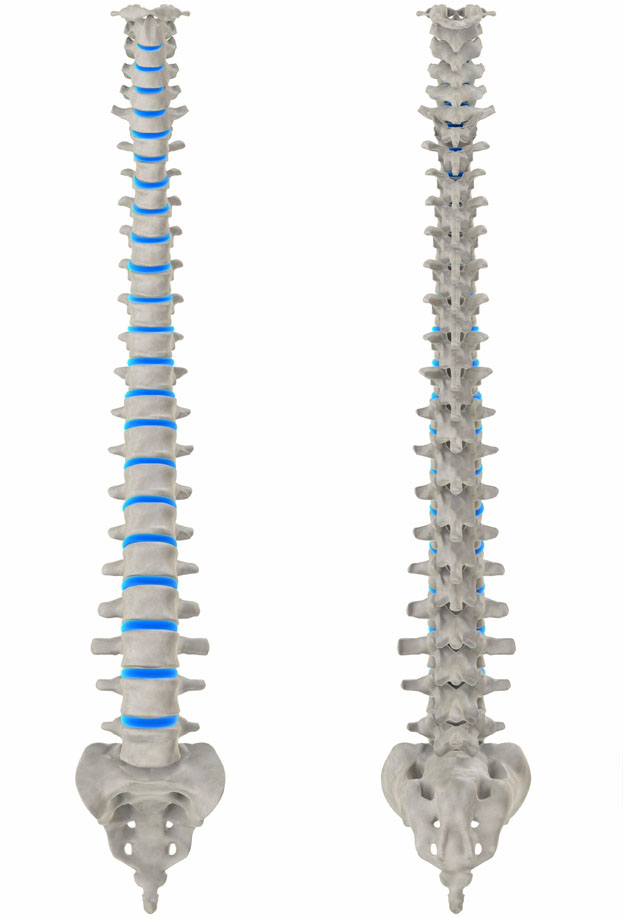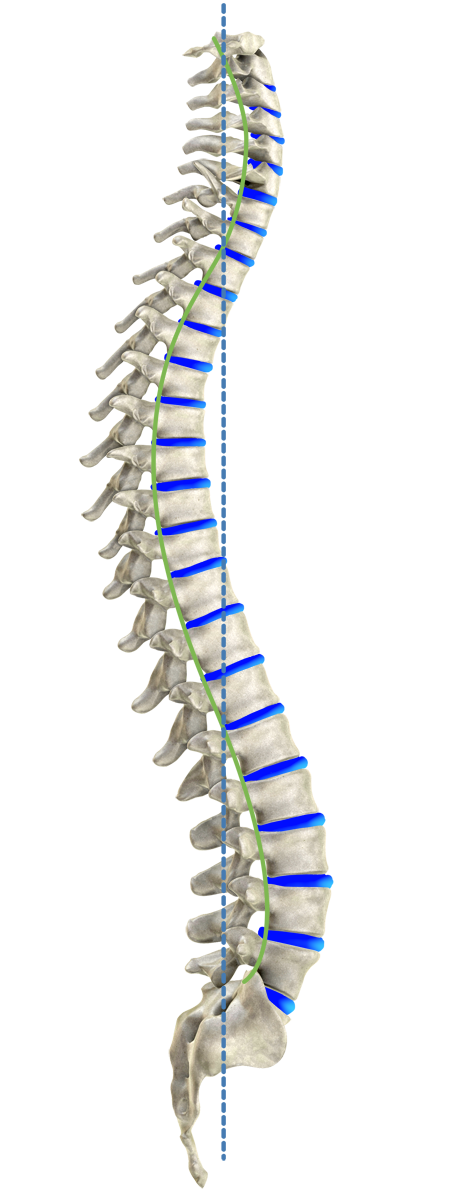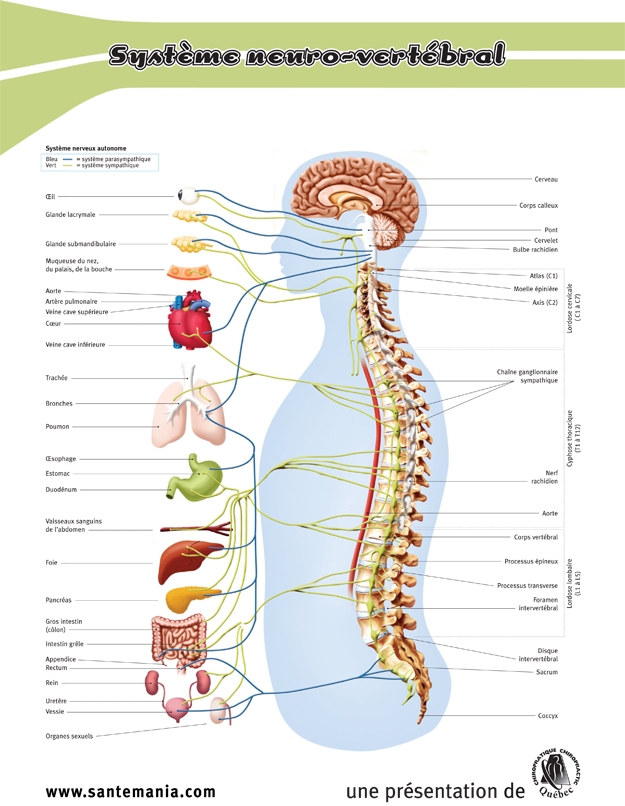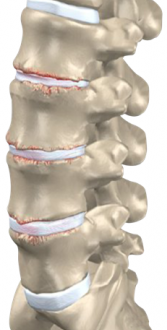The Ideal Spinal Column
Our Reference Spine
At Posturetek®, we base our conception of the ideal spine on the exact geometric model of ideal spinal curves as established by the founder of Chiropractic BioPhysics® (CBP), Dr. Donald Harrison, D.C., MSE, PhD., and colleagues. Based on several studies conducted on healthy subjects, this model displays ideal curvature and reflects optimal postural alignment—a crucial factor in overall wellness. (70 à 93)


The Harrison Sagittal Spinal Model (HSSM) outlines the path of the posterior longitudinal ligament (PLL).
It comprises the relative rotation angles (RRA), as well as the absolute rotation angle (ARA), as calculated using the posterior tangent method.
The vertical axis line (VAL) passes through the:
- Posterior inferior corner of S1
- Posterior inferior corner of T12
- Posterior inferior corner of T1
- Posterior inferior corner of C1 (lateral mass)
This measurement method, unlike the more commonly used Cobb angle, has the advantage of not being affected by vertebral plateau deformities found in certain types of hyperkyphosis.
Seen from the front or back, an ideal spine should present perfect vertical alignment throughout.
Vertebral subluxation
A subluxation is a motion segment, in which alignment, movement integrity, and/or physiological function are altered in normal standing position. A subluxation can affect any joint in the body. However, vertebral subluxations are among the most damaging because the vertebrae of the spine act as a protective sheath for the spinal cord, which together with the brain forms the central nervous system.
Vertebral subluxation refers to the misalignment, displacement or dysfunction of one or more vertebrae, resulting in nociception (the neural processes of encoding and processing noxious stimuli which translates as: pain).
|
The two segments of this video show two types of vertebral subluxation: one in the cervical region and one in the lumbar region. |
Vertebral subluxations are dangerous and—via a series of complicated neurophysiological processes—can lead to various conditions and have harmful repercussions on overall health.
Different types of vertebral subluxation
Segmental subluxation: a single vertebral segment is misaligned.
Postural subluxation: misalignment caused by poor posture which can be rectified by simple postural correction.
Buckling: a severe deformation that occurs when the spine is subjected to compressive forces beyond the yield point (non-linear mechanics) and deformed into a new resting position—as with cervical kyphosis due to whiplash.
Scoliosis: a three-dimensional helical deformity of the spine.
Joint instability: loss of stability caused by a trauma which supporting tissue (tendons, discs and ligaments) cannot withstand. It is most often referred to to as spondylolisthesis (anterolisthesis), lateral listhesis (rotatory subluxation) or retrolisthesis.
The causes of vertebral subluxation are numerous and varied:
- isolated trauma (accident, fall, impact)
- repetitive movement
- chronic poor posture
- poor ergonomics at workplace
- weak or imbalanced vertebral and postural musculature
- poor sleeping position
- negative or repressed emotions
- excessive or poorly managed stress
- traumatic birth
- etc.
Consequences of vertebral subluxation
Vertebral subluxation can be caused by a number of different elements. Because the nervous system coordinates the physiology of the entire body, its possible consequences are equally varied.
 |
Musculoskeletal disorders:
Somatovisceral disorders:
|
|
This diagram shows the direct relationship between the spine, the nervous system and the internal organs. |
Joint degeneration:
Along with the detrimental effects vertebral subluxations may have on an individual's nervous system and overall healh, they also cause spinal cartilage, discs, tendons and ligaments to deterioriate. This problem, also known as osteoarthritis or degenerative arthritis, is illustrated in the following video.
 |






